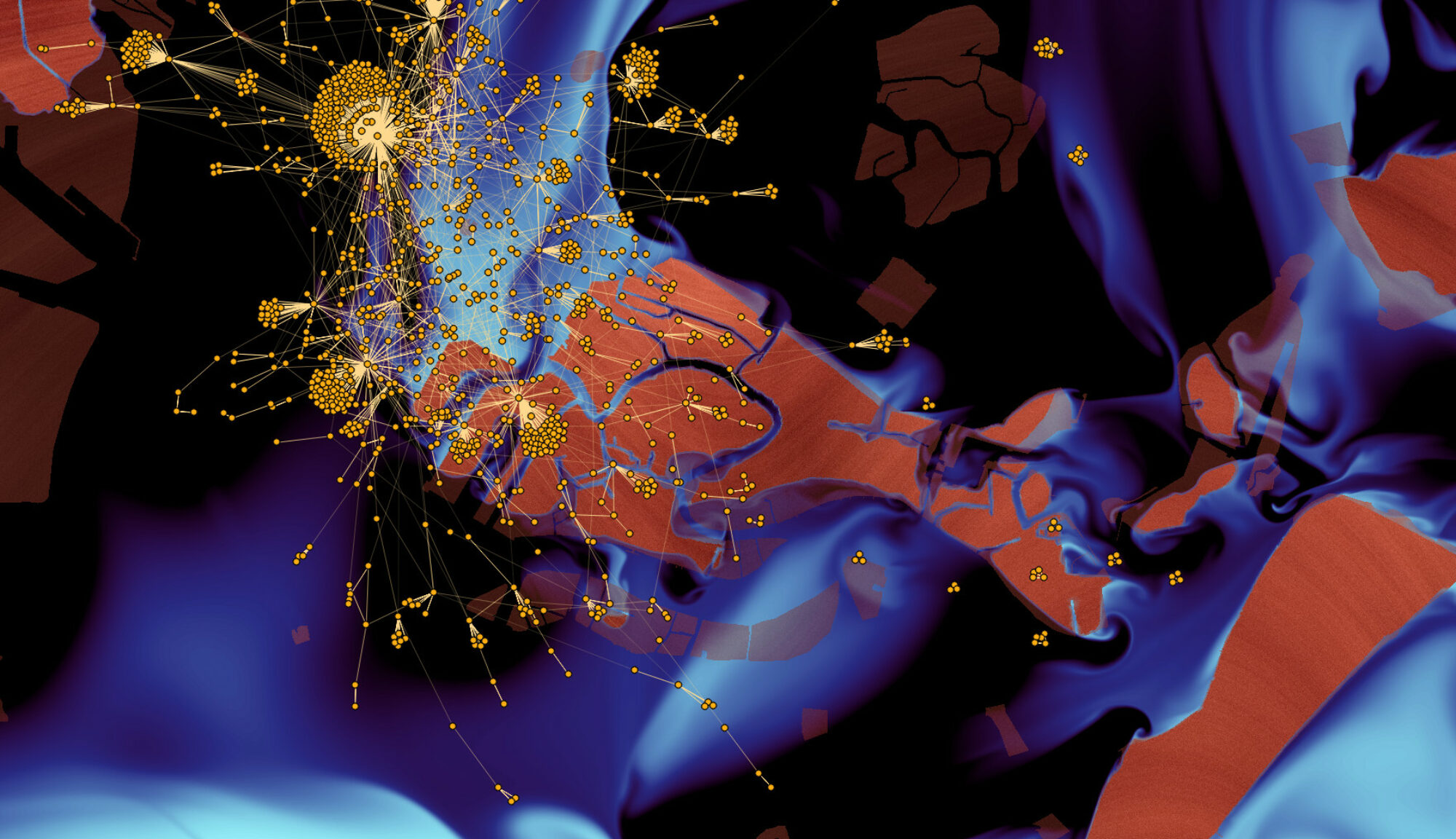Tiphaine Viard
January 17th 2019, 14:00. Salle 24-25/405, LIP6 – UMPC, Sorbonne Université. 4 Place Jussieu, 75005 Paris.
AI and machine learning are commonly described as « black boxes » that are efficient, but opaque. While complete opacity would be an exageration, it is true that many methods for explainability rely on forms of retro-engineering: we try to infer the model from its (partial, intermediary, final) results. These methods are typically based on large-scale, efficient matrix manipulation. Graphs and their extensions have shown to be visualisable and interpretable, even at large scales. In their classical formulation, they are also very similar to matrices. However, few to no machine learning method explored what graphs could contribute to its models. This is partly due to the fact that graph computations have long been expensive, typically having polynomial running times, which is incompatible with the scale of data in most of today’s machine learning applications. However, the situation has changed: (i) the impact of AI on society makes it no longer acceptable to favour efficiency despite transparency, and (ii) recent advances in algorithmic methods on graphs demonstrates that due to the nature of real-world graphs, even some NP-hard problems become tractable. The aim of this talk is to explore this avenue of research. We will discuss the state-of-the art in learning from graph data, present some recent results showing that structure-based features indeed have the potential to make machine learning more transparent at no extra cost, and finally we will discuss future tracks of research.
